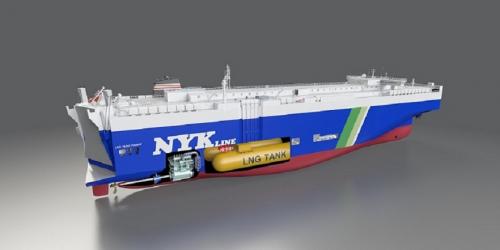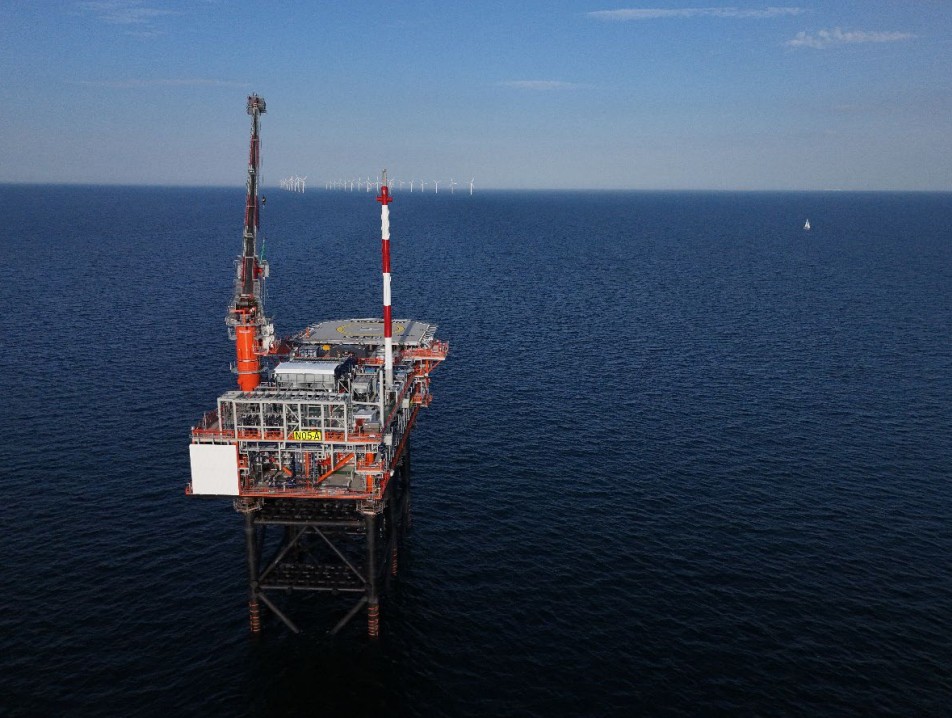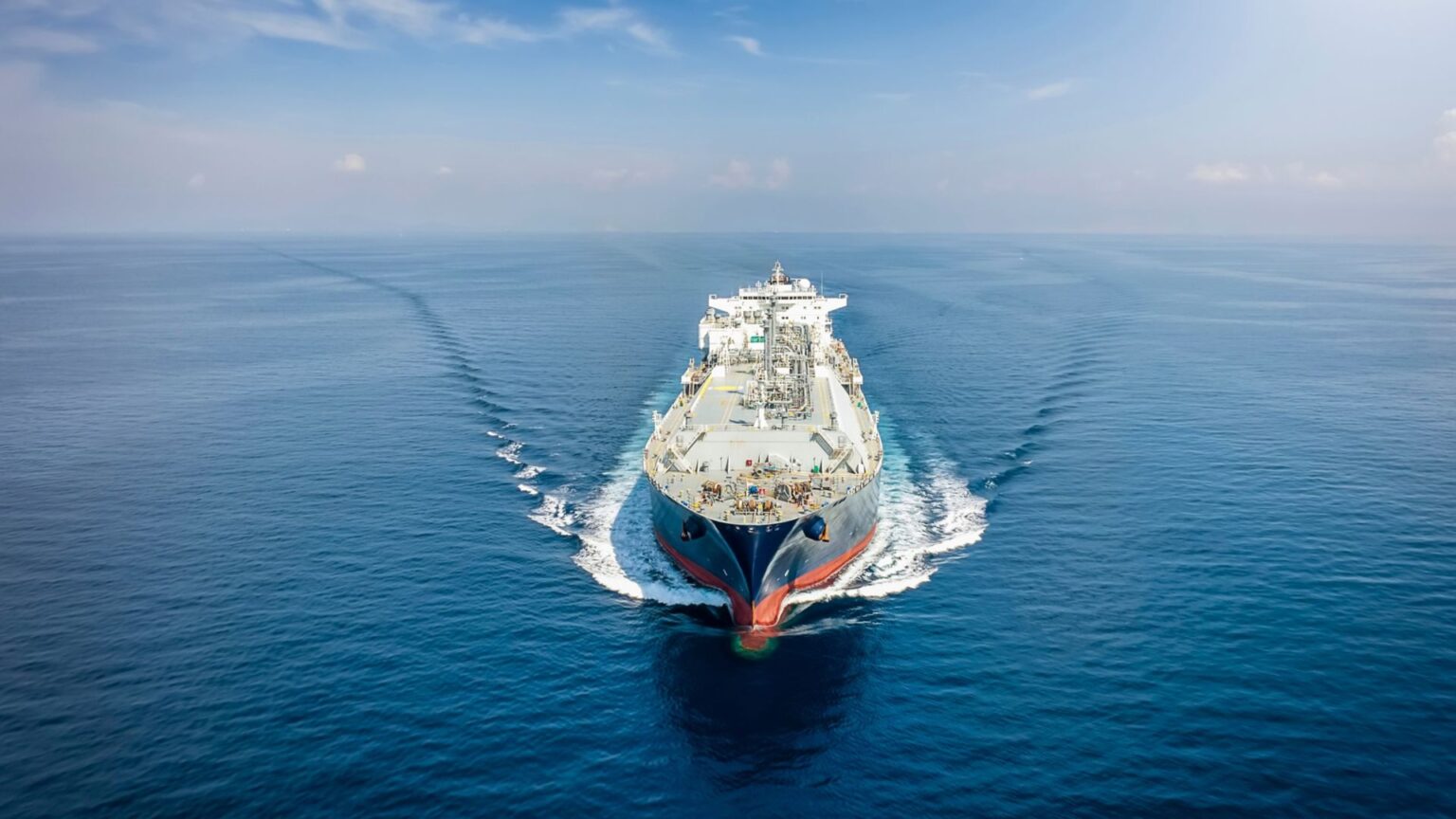NYK与招商金陵签下四船订单
作者: 发布时间:2021年02月14日 浏览量:1525 字体大小: A+ A-

图片来自网络,版权属于原作者
来源:Offshore Energy 2021-02-12
翻译:国际海事信息网 黄子倩 张运鸿
日本邮船株式会社(Nippon Yusen Kaisha, 以下简称NYK)与招商金陵(南京)签订四艘LNG燃料汽车滚装船(LNG-fueled PCTC)的合同。
这四艘船预计于2022-2023年交付,将用于欧洲航线、中东航线的汽车运输。
NYK补充说,这四艘新造船都将配备WinGD的X-DF2.0 iCER发动机。这也是该型号发动机的首秀。
这种新型发动机所需的燃油更少,且可削减废气中约50%的甲烷排放量,减少温室气体排放。
此外,这些船舶还将配备混合电池技术(battery hybrid technology),在新电池的支持下,主机和发电机的负荷波动(load fluctuations)将会降低,燃油效率得以提升。
NYK计划在未来十年内用40艘新LNG燃料PCTC来替换现有船舶,以实现其环境管理目标——到2050年,公司旗下船舶的货运吨公里CO2排放量减少一半。NYK此次订购新船也是计划内容之一。
NYK还计划于21世纪30年代中期开始,利用氢气、氨气等低碳排燃料,向零碳排船舶迈进。
(本文版权归国际海事信息网所有,图片版权归原作者,转载请注明出处。)
NYK tags China Merchants yard for LNG-fueled PCTCs quartet
Nippon Yusen Kaisha (NYK Line) has concluded a shipbuilding contract with China Merchants Jinling Shipyard (Nanjing) for four LNG-fueled PCTCs.
These four vessels will be delivered from 2022 to 2023 and are planned to be assigned to transport vehicles mainly to and from Europe and/or to the Middle East.
NYK added that the vessels will feature WinGD’s X-DF2.0 iCER engines. This will be the first time these engines will be used.
This engine consumes less gas and reduces GHG by cutting methane emissions from the exhaust gas by approximately 50% per cent.
Further, the vessels will be equipped with battery hybrid technology, which will improve fuel efficiency by mitigating main engine and electrical generator load fluctuations through the support of batteries.
Concluding this ship-building contract for these four vessels is in line with NYK’s plan to replace current vessels with around 40 newly built LNG-fueled PCTCs over the next decade to achieve its environment management target, which is to reduce CO2 emissions per ton-kilometer of transport by 50 per cent by 2050.
NYK aims to further advance to zero-emission vessels utilizing low-emission marine fuels such as hydrogen and ammonia from around the mid-2030s.
来源:simic
今日要闻
图片新闻
海外传真
热点报道






